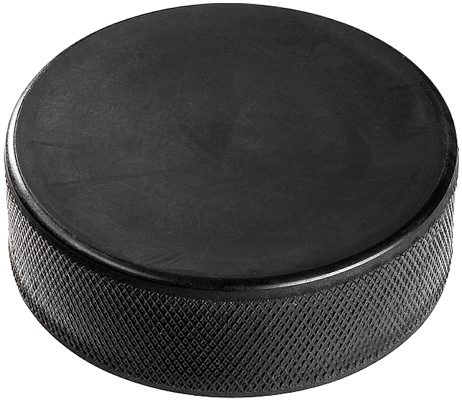
Intent: To create the second piece in a unique set of tactical gear to be used on the board
Development Thread: If needed
Manufacturer: Smith and Westworld
Model: Ion Anchor
Affiliation: The First Order—Select buyers and closed markets
Modularity: Minor; able to be controlled through a slave circuit or tethered to a HUD
Production: Mass
Material: Durasteel, Ionizer unit, Lithium batteries, basic electronic components
Strengths:
>>Easy to use: The Ion Anchor activates by the press of a button
>>Close counts: Close only counts in horse shoes, handgrenades… and the Ion anchor. Its effective radius doesn’t require you to “hit your targetâ€, you just have to toss it close to them.
>>Plug in option: If you have an extension cord long enough from your power source, the Ion Anchor can plug into it to either charge its battery or go indefinitely. (Note that it’d be a good idea to keep this a fair distance away from the power source.)
Weaknesses:
>>Double blind: The Ion anchor is an indiscriminate device. It affects all electronic objects within its sphere of influence intended or otherwise.
>>Requires an atmosphere: The premise of the Ion Anchor requires an atmosphere to be present in the first place, this does not work in type 4 atmospheres or the soul-sucking void of space
>>Short battery life: due to the amount of power the Ion Anchor is require to put out every second for its effectiveness, it drains its battery pretty fast.
>>Ineffective on organic matter: The Ion anchor really doesn’t do anything against organic matter or matter that is not electronic. A being may experience their hair standing on end or a funny taste in their mouth but they will be unaffected.
>>Charge time: The charge time of this tactical gear is 15 minutes—that means when your Ion Anchor’s 15 seconds of glory are up, you have to wait that long before it can be used once more.
>>Cost: the components of the Ion Anchor are tedious and therefore, cost four times more than its “competitor,†the Ion Grenade.
Description:
Battery life: 15 seconds
Recharge time: 15 minutes
Activation time: .01 seconds
Affect Radius:
Primary: 1 meter (3 ft)
Secondary: an additional 1 meter (3 ft, a total effective range of 2 meters/6 feet)
The ion anchor is another unique set of tactical gear brought to you by Smith and Westworld. This odd little thing is about the size, shape, and color of a hockey puck. Its main difference is the small red button on the top that takes a little effort to depress—not as much as your average trigger pull (15 lbs of pressure) but still enough to make accidental activation almost impossible. For most this is honestly pretty underwhelming. But for someone who knows what it is able to do--this is a precious little black piece of durasteel.
This tool works in a simple two step process: first the user depresses the red button for two seconds (this is a secondary fail safe to prevent accidental activation). The Ion anchor will then give a potent little buzz to alert the user to its activation (the final fail safe) that is stronger than your average comm buzz. The second part is even simpler—just toss it within one meter (3 ft) of your target. Alternately, this could be activated remotely through the HUD and or slave device it is linked to. In this case it would give the notification on activation on the HUD. Pretty quickly the Ion Anchor will charge the atmosphere around it within a two meter (6 ft) radius. What happens next varies on your target and how far they are from the ion anchor.
Datapads, commlinks, datachips, and other small devices, could expect to be rendered useless. Some may even be terminally damaged. Droids within that range may find their systems compromised and in need of repair in their limbs, processors, vocalizors, photoceptors, or whatever. It honestly depends on what sort of damage the other writer/you are comfortable with—and the size of the droid of course. Massive droids, huge speeders, and most ships will find themselves minimally/hardly effected by the Ion Anchor due to their size and ability to equalize ionic charges. Electronic objects outside of the first meter will also suffer damage/harm, though to a lesser extend than those in the first meter, so be mindful of that in close quarters with those pesky battle droids.
If you are thinking this sounds a lot like an Ion grenade, or any sort of grenade, then you are right! However there are a few marked differences between the Ion anchor and your ion grenade. First, range. The Ion grenade has a wider blast radius than the Ion Anchor. Second, the Ion anchor has a longer duration—fifteen seconds versus instantaneous. This is the tradeoff for the anchor’s lower radius. Third, the Ion anchor is reusable, whereas an Ion Grenade is a single use sort of thing—after the recharge of course. Fourth, the Ion Anchor can be plugged in for sustained use within its area, if someone wanted to do so. The Ion grenade cannot do this. Fifth, and finally is price. The Ion anchor costs more to make than an ion grenade, so it costs four times more.
Primary Source: Ion Grenade
